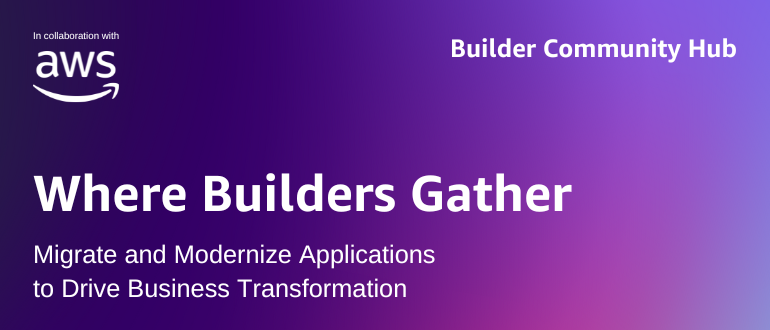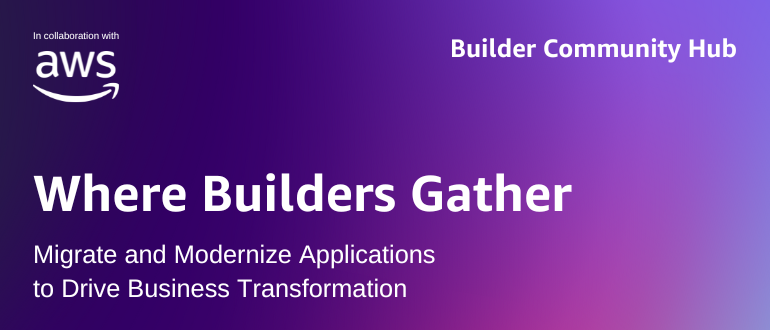
2025-2-2 06:53:9 Author: securityboulevard.com(查看原文) 阅读量:8 收藏
In the new NSFOCUS RSAS version R04F04, we optimized several core features and functions. In this post, we will focus on the optimization of the product interface function process during the vulnerability scanning process.
Efficient Asset Management
Vulnerabilities are asset-based, so it is necessary to sort out the existing assets of users and manage them in a unified manner.
The overview of asset statistics under asset management can help users quickly understand the number of existing assets, the number of ports with vulnerabilities, overall risks and other important information. We added asset list display, combined with the asset tree to display asset information, which can be quickly queried and searched to help users quickly locate key asset information.

Managed assets include two parts, one is newly created or imported assets through the interface, and the other is discovered assets through scanning. Asset management supports the rapid issuance of scanning tasks based on grouped nodes and for individual IPs.

Asset discovery is based on the asset tag library. With the continuous expansion of this library, there are more and more identifiable asset types.
The asset tag library is classified under the asset management, which can visually display the asset tag templates of conventional, industrial control internet and CPE, as well as the asset tag information of the asset tag library under each template, supporting quick query of asset tags.

Refined Scanning Management
After completing the asset sorting, the next step is to carry out regular vulnerability scanning to continuously discover various risks of assets, including system vulnerabilities, Web vulnerabilities and configuration non-compliance.
Scanning management includes two parts: the newly added scanning policy and task list. According to the mainstream scanning scenario, the system has a variety of built-in default scanning policies. Tasks can be quickly created based on the built-in scanning policy. For different scanning scenarios, it supports customized scanning policies and configuration of scanning parameters to facilitate quick scanning by users.


In the task creation interface, you can directly select a default scanning policy or customized scanning policy to issue tasks for scanning, helping users quickly discover asset risks. For newly created tasks, their parameter configurations can be directly saved as new scanning policies.

In the scan tasks issued by Asset Management based on asset dimension, or directly created scan tasks, the scanning results are displayed in the task list. When there are many tasks, advanced search is supported to quickly locate scan tasks and view scan reports online.

Online reports can help customers quickly understand the related risks of assets scanned by this scanning task. Taking evaluating a scanning task report as an example, it includes task parameters, overview information, host information, vulnerability information, vulnerable accounts and reference standards to fully display the risk situation of assets from different dimensions, helping customers quickly locate key assets and vulnerabilities and carry out relevant disposals, such as vulnerability verification and false positive correction.



Abundant Report Center
After the scanning task is completed, if you need to view details locally, you can select the corresponding task (host), report type and report template in the report management interface to generate a user-defined offline report. The report management interface displays the contents of all offline reports that have been generated/are being generated, which is convenient for users to quickly download different types of reports as required.


The evaluation task report and Web scanning task report support four types of templates, including system default template, administrative director template, technical director template and historical data analysis template. Users can customize the report template as needed, including the template name of basic information, cover logo, report header and footer, etc. The report content can also check relevant contents to meet the needs of customers for multi-scenario templates.

The above product interface function process optimization is the main content of this introduction. In the next issue, we will focus on improving the scanning capability of the product. Please stay tuned!
The post Core Features in NSFOCUS RSAS R04F04 1-2 appeared first on NSFOCUS, Inc., a global network and cyber security leader, protects enterprises and carriers from advanced cyber attacks..
*** This is a Security Bloggers Network syndicated blog from NSFOCUS, Inc., a global network and cyber security leader, protects enterprises and carriers from advanced cyber attacks. authored by NSFOCUS. Read the original post at: https://nsfocusglobal.com/core-features-in-nsfocus-rsas-r04f04-1-2/
如有侵权请联系:admin#unsafe.sh

